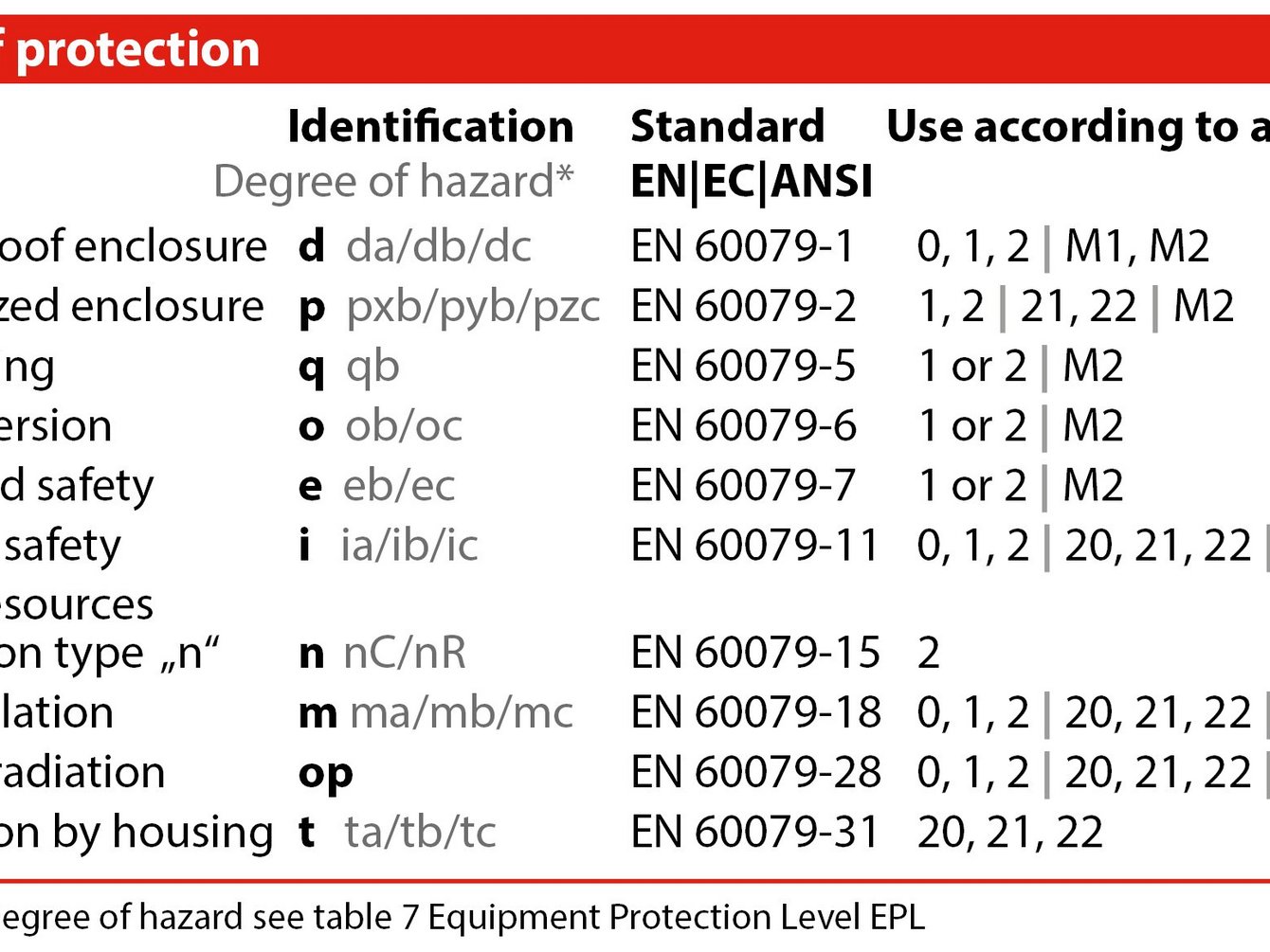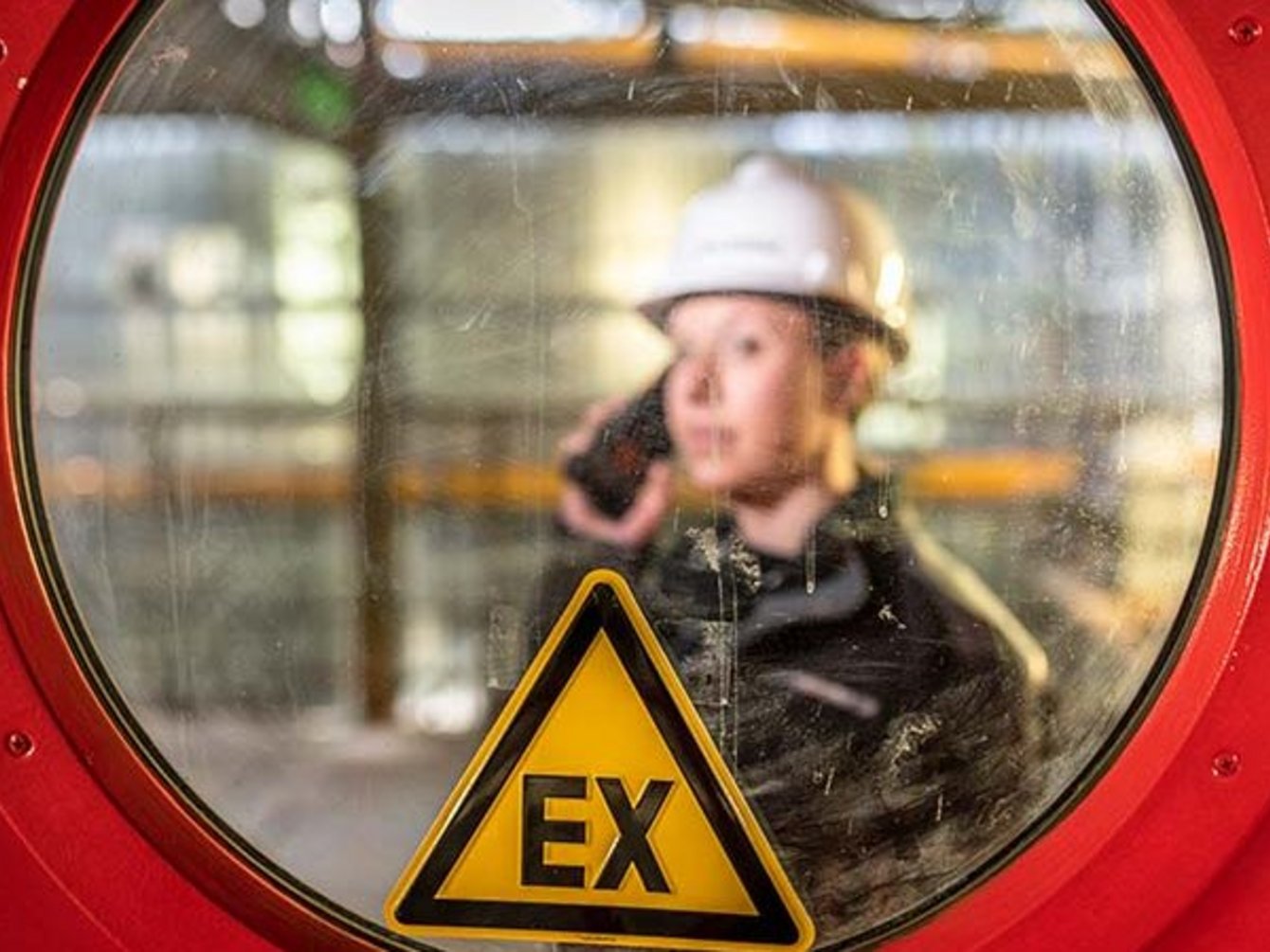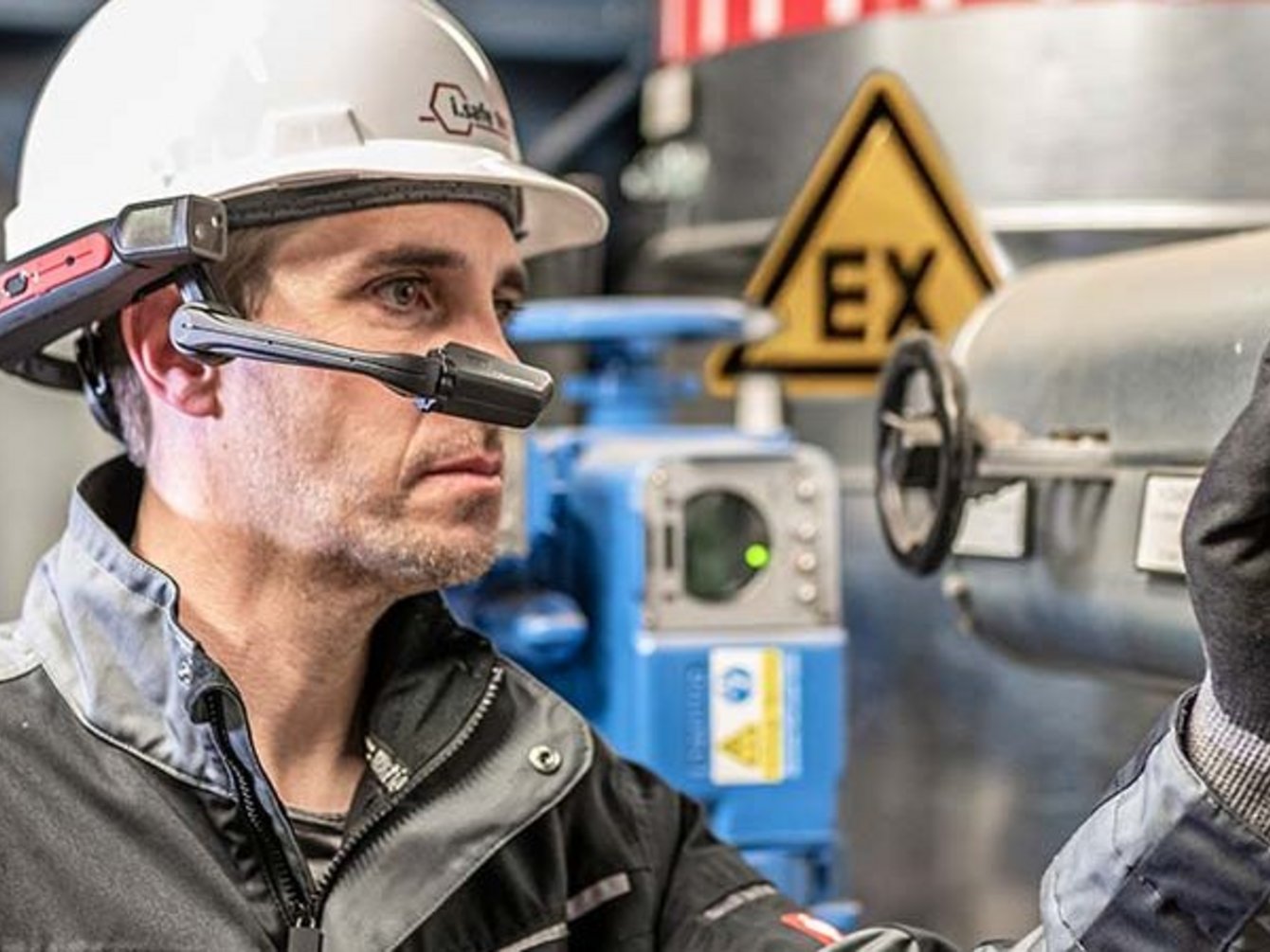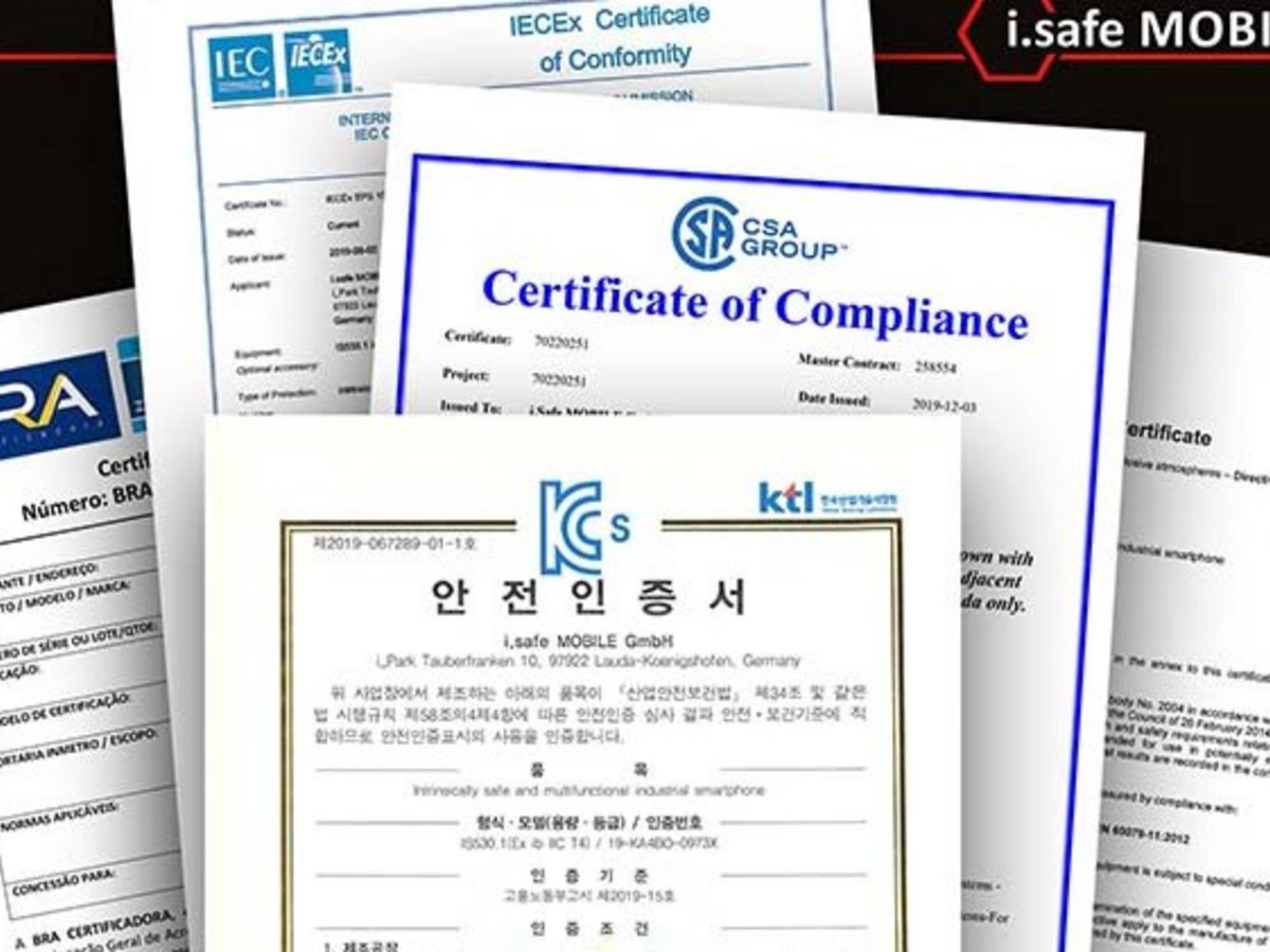Ignition protection category
The term ignition protection category comes from the domain of explosion protection. The basic principle of the ignition protection categories is to minimize the risk of a potentially explosive atmosphere and an ignition source present at the same time.
In a potentially explosive atmosphere, an explosion can be caused by the simultaneous occurrence of an ignition source. In explosion protection, the aim is to avoid these components coming together synchronously. Primary explosion protection describes all measures aimed at avoiding potentially explosive atmospheres. Secondary explosion protection is about avoiding ignition sources.
The ignition protection categories set out how to avoid ignition sources. The precise definitions of these ignition protection categories, i.e. the design and construction conditions, are governed by international and European standards. Depending on the application, ignition protection categories are defined for gas and dust atmospheres of electrical equipment, as well as for mechanical equipment.



